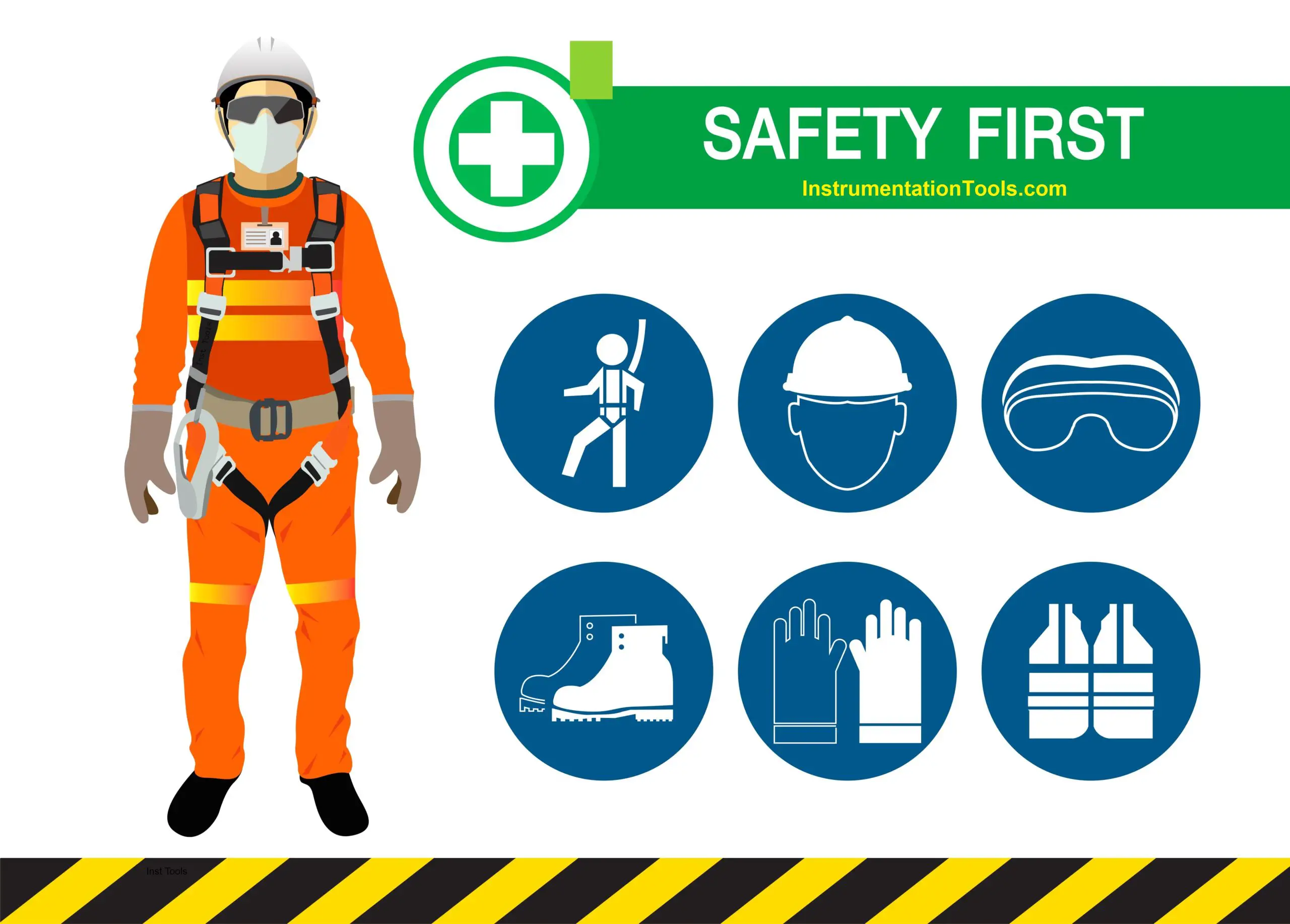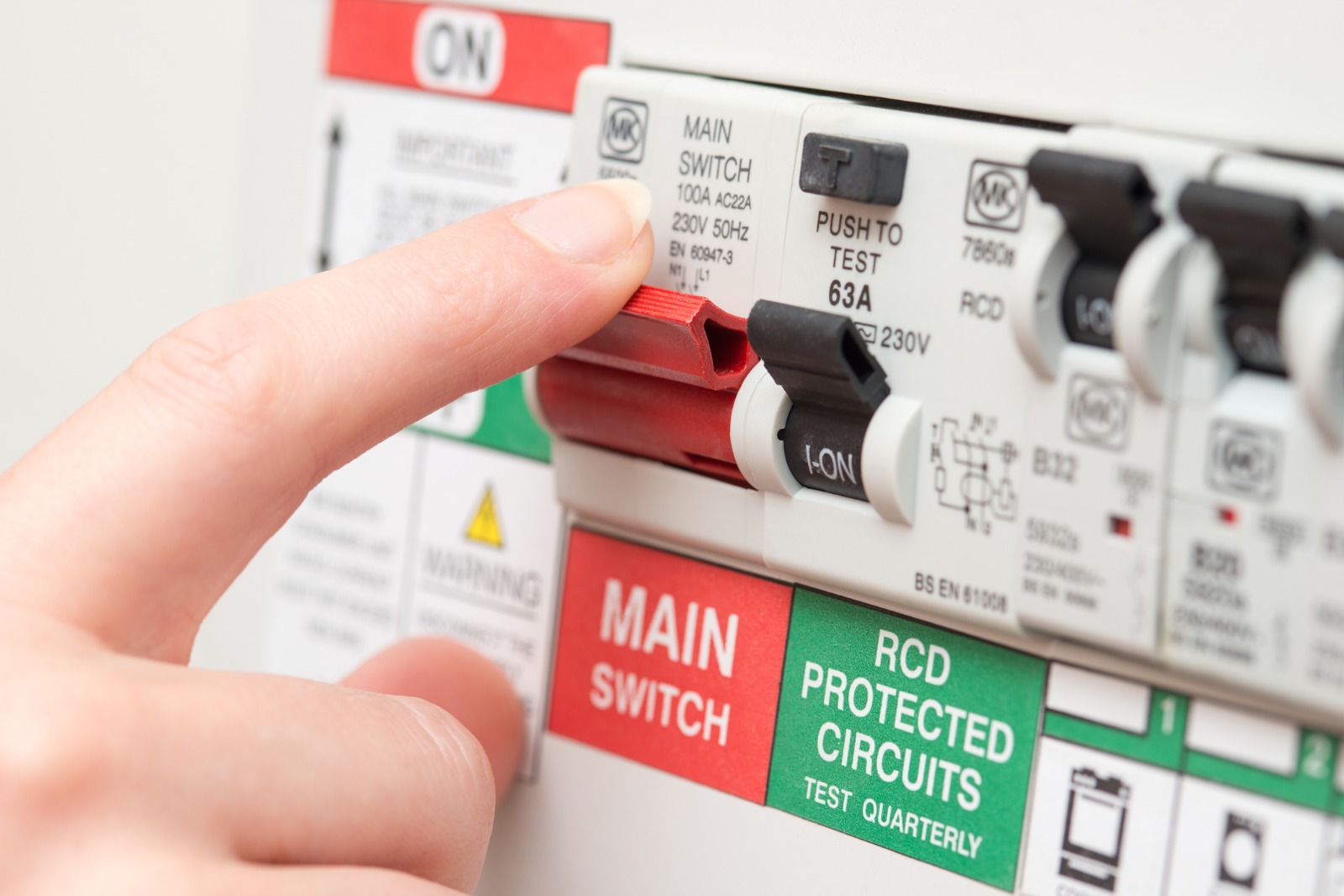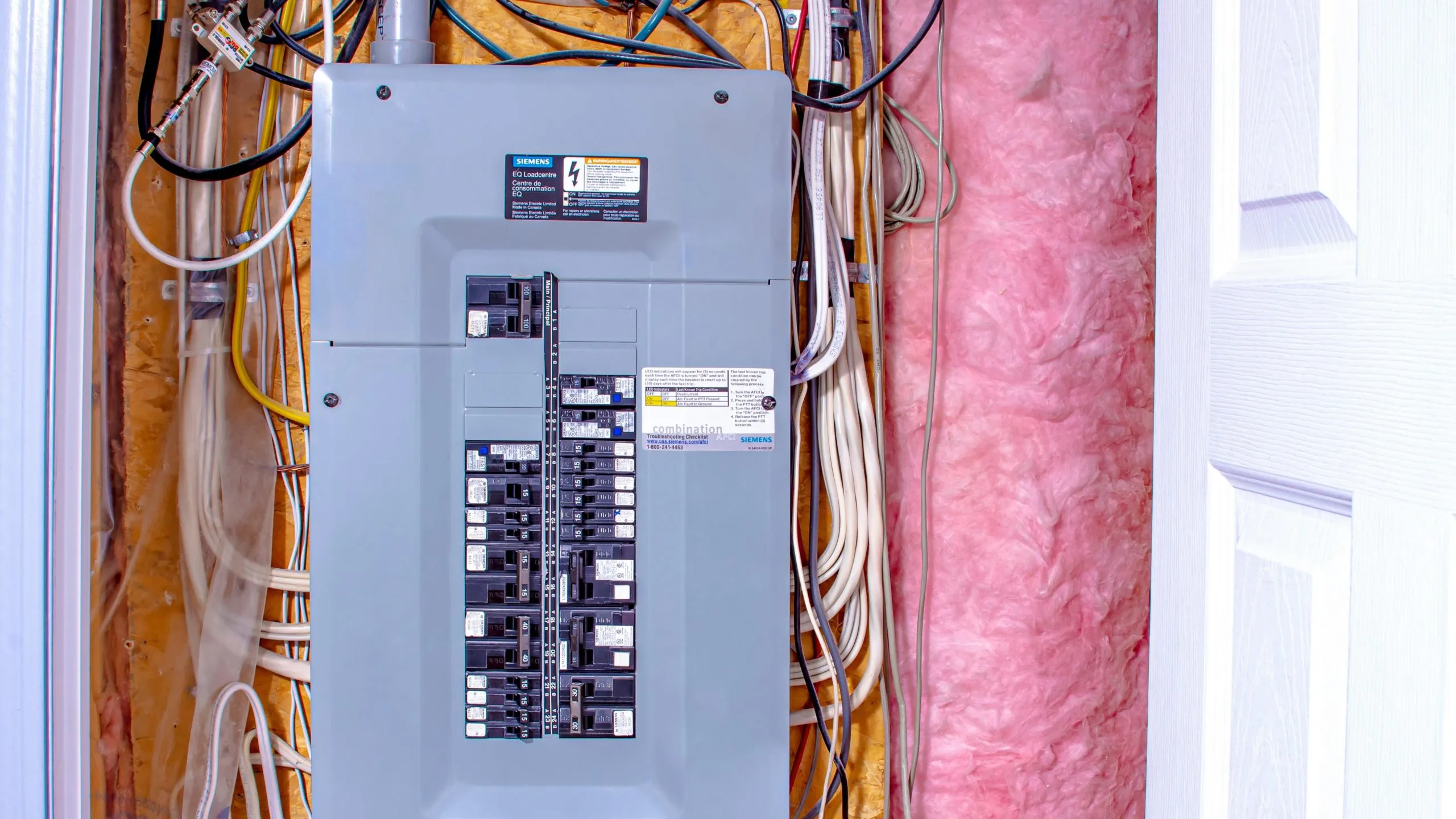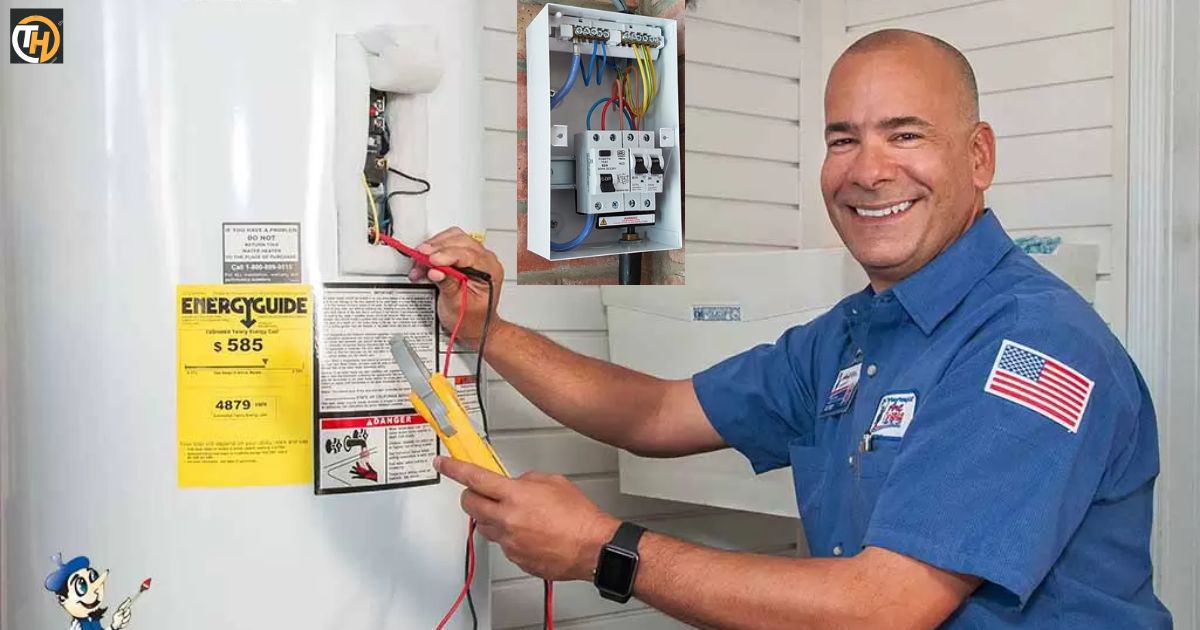A circuit breaker is a safety device designed to protect an electrical circuit from damage caused by an overload or a short circuit. Its basic function is to detect a fault condition and, by interrupting continuity, to immediately discontinue electrical flow. The process to tell which breaker is perfect for your hot water heater is basically the first step toward safety.
Imagine you’re at home and suddenly your hot water heater stops working. You’ve checked the heater itself and everything seems fine, so you suspect it might be an issue with the circuit breaker. But with all those switches in the breaker box, how do you know which one is for the hot water heater?
Identifying the correct breaker for your hot water heater can be done in a few steps. First, open your electrical panel and look for labels. Some panels have a clear, hand-written, or printed label next to each breaker indicating which appliance or area of the house it corresponds to
Safety First

Before embarking on the process of identifying which breaker is for your hot water heater, it’s paramount to prioritize safety. The electrical components within your home demand a cautious approach to prevent accidents and ensure a secure working environment. Here are essential safety measures to consider before delving into breaker identification:
Equip Yourself with Safety Gear
Before interacting with any electrical components, make sure to wear appropriate safety gear. This includes non-conductive gloves and safety goggles. These precautions protect you from potential electrical shocks and debris.
Ensure a Well-Lit Workspace
Adequate lighting is crucial when working with electrical panels. Ensure that the area around the electrical panel is well-lit, allowing you to clearly see labels and components. Proper illumination minimizes the risk of errors and enhances overall safety.
Turn Off the Main Power Supply

The most critical safety measure is to turn off the main power supply to the electrical panel. This step prevents the flow of electricity to the circuits, reducing the risk of electrical shocks. Locate the main circuit breaker and switch it to the “off” position before proceeding with any tasks involving electrical components.
Why Turning Off the Main Power Matters
- Preventing Electrical Hazards: Switching off the main power ensures that no live electricity is running through the circuits, significantly reducing the risk of electrical hazards.
- Creating a Controlled Environment: With the power off, you have a controlled and safe environment to work in. This minimizes the likelihood of unexpected electrical events.
Understanding Electrical Safety Measures
Safety should always be the top priority when dealing with electrical appliances. If you’re uncomfortable working with electricity or uncertain about the process, it’s best to seek professional assistance. Always ensure that the power supply is turned off before starting any work related to electrical appliances.
Locating the Electrical Panel

The electrical panel, commonly located in basements, utility rooms, or garages, houses the breakers for various circuits in your home. Familiarizing yourself with the panel is the first step in understanding your home’s electrical system.
Navigating Your Home’s Electrical System
Take a moment to study the layout of the electrical panel. While breakers are usually labeled, finding the one for your hot water heater might require a bit of investigation. If the labels are not clear, you may need to turn off each breaker one by one until you find the one that controls the water heater.
Identifying the Hot Water Heater Breaker
Spotting the right breaker involves careful observation and sometimes trial and error. Begin by checking the labels on the breakers. Look for explicit labels like “Water Heater” or “HWH.” If not found, consider enlisting someone’s help while toggling each breaker.
Spotting the Right Switch
Have a partner help while you toggle breakers and alert you when the hot water stops flowing. This process helps identify the specific breaker without confusion.
Turning Off the Breaker
Once identified, turn off the breaker for the hot water heater. This step ensures a safe environment for any maintenance or troubleshooting.
Ensuring a Safe Shutdown
If ever uncertain about the correct breaker or if labeling is unclear, it’s safer to seek professional assistance. Safety should never be compromised.
How to tell which the Breaker for Your Hot Water Heater
With the breaker off, check if the hot water heater is no longer functioning. Test faucets or run appliances connected to hot water to confirm.
Verification for Peace of Mind
This step provides confirmation that you’ve identified the right breaker. If hot water is still running, revisit the breaker identification process. It’s always better to double-check and ensure everything is in order before proceeding with any maintenance or troubleshooting tasks. Remember, safety first!
Troubleshooting
Addressing common issues related to the hot water heater breaker is crucial. Here are some steps you can take
Breaker Keeps Tripping
When the breaker for your hot water heater keeps tripping, it could be due to an overloaded circuit, a short circuit, or a ground fault. Try unplugging other devices from the circuit or resetting the breaker. If the problem persists, it’s best to consult with a professional.
No Power to the Water Heater
When there’s no power to the water heater, check the breaker. If it’s in the “off” position, try flipping it to the “on” position. If it won’t stay in the “on” position, you may have a faulty breaker that needs to be replaced.
Water Heater Not Heating
If your water heater isn’t heating, first check the breaker to make sure it’s providing power. If the breaker is on but the water heater still isn’t heating, the heating element or thermostat may be faulty.
Frequent Resetting Required
If you find yourself frequently having to reset the breaker for your water heater, it could be a sign of a more serious issue. It’s recommended to seek professional help in this case. Remember, while minor troubleshooting can be done on your own, don’t hesitate to call a professional if you’re unsure or if the problem persists. Safety should always be your top priority.
Dealing with Breaker-Related Problems
Issues like tripped breakers or frequent malfunctions can often be resolved with troubleshooting. We cover common scenarios and provide solutions for a seamless hot water supply.
here’s a summary of the article in a table format:
| Key Points | Descriptions |
| Understanding Electrical Safety Measures | Safety should always be the top priority when dealing with electrical appliances. |
| Locating the Electrical Panel | The electrical panel, commonly located in basements, utility rooms, or garages, houses the breakers for various circuits in your home. |
| Navigating Your Home’s Electrical System | Study the layout of the electrical panel. While breakers are usually labeled, finding the one for your hot water heater might require a bit of investigation. |
| Identifying the Hot Water Heater Breaker | Spotting the right breaker involves careful observation and sometimes trial and error. |
| Spotting the Right Switch | Have a partner help while you toggle breakers and alert you when the hot water stops flowing. |
| Turning Off the Breaker | Once identified, turn off the breaker for the hot water heater. |
| Ensuring a Safe Shutdown | If ever uncertain about the correct breaker or if labeling is unclear, it’s safer to seek professional assistance. |
| Testing the Hot Water Heater | With the breaker off, check if the hot water heater is no longer functioning. |
| Verification for Peace of Mind | This step provides confirmation that you’ve identified the right breaker. |
| Troubleshooting | Addressing common issues related to the hot water heater breaker is crucial. |
Remember, while minor troubleshooting can be done on your own, don’t hesitate to call a professional if you’re unsure or if the problem persists. Safety should always be your top priority.
Conclusion
Identifying the correct breaker for your hot water heater is a valuable skill. Always prioritize safety, take time to understand your electrical panel, and seek professional help when needed. Understanding the workings of a heated water hose and a hot water heater is crucial for maintaining comfort and safety in cold weather.
By observing various signs and performing regular checks, you can ensure these devices are functioning optimally. However, always prioritize safety and don’t hesitate to seek professional help when needed.











